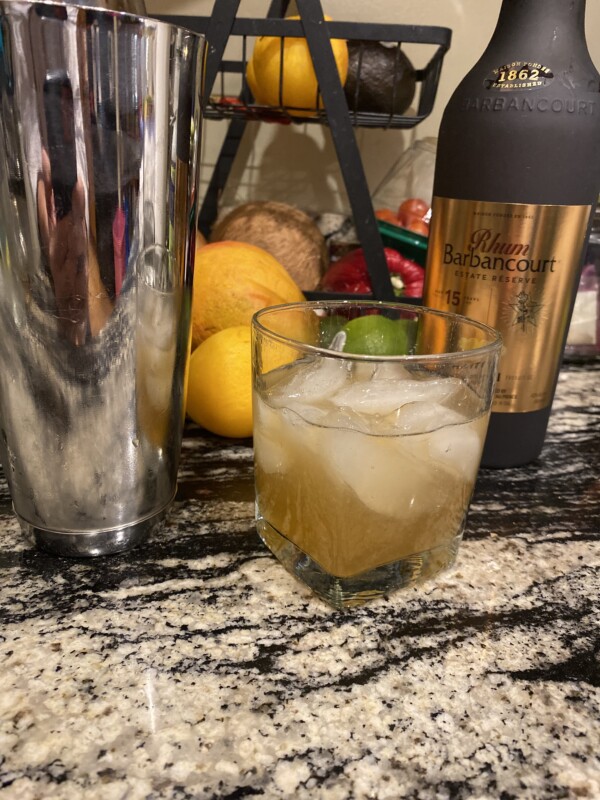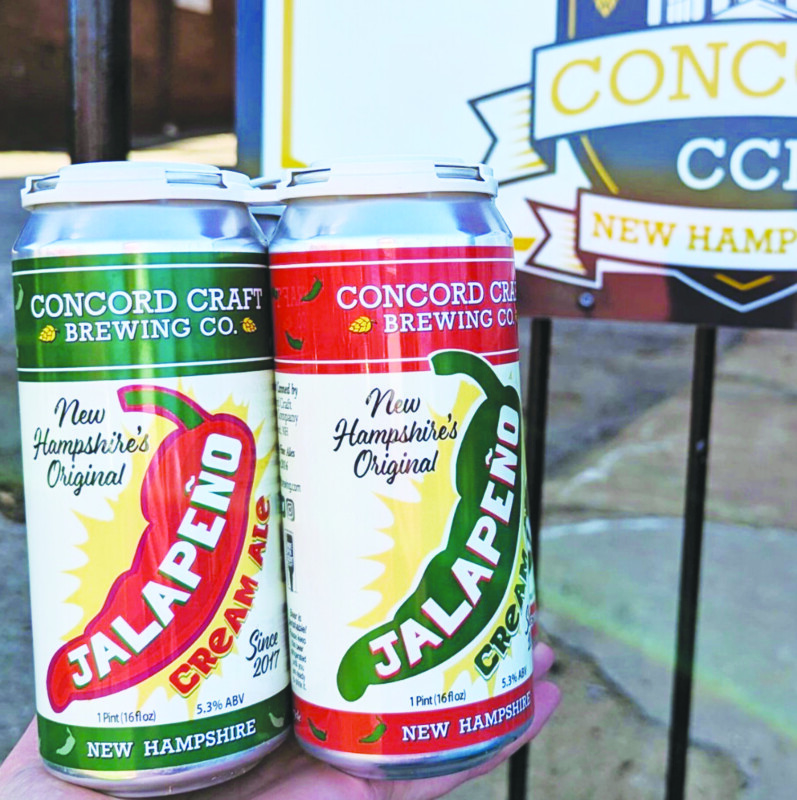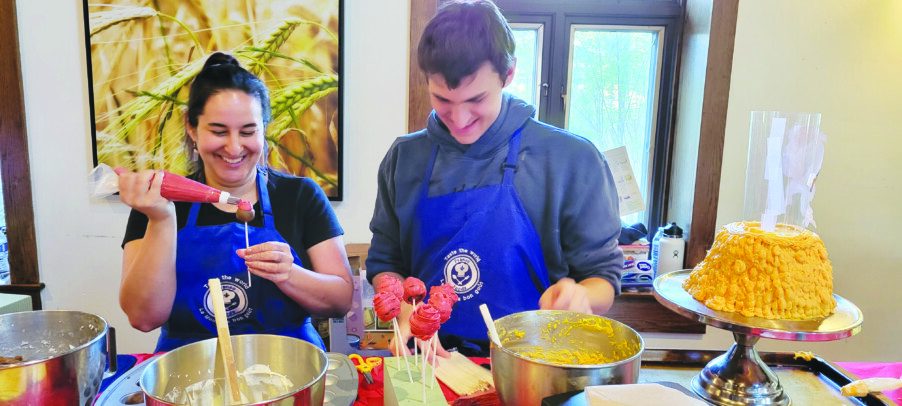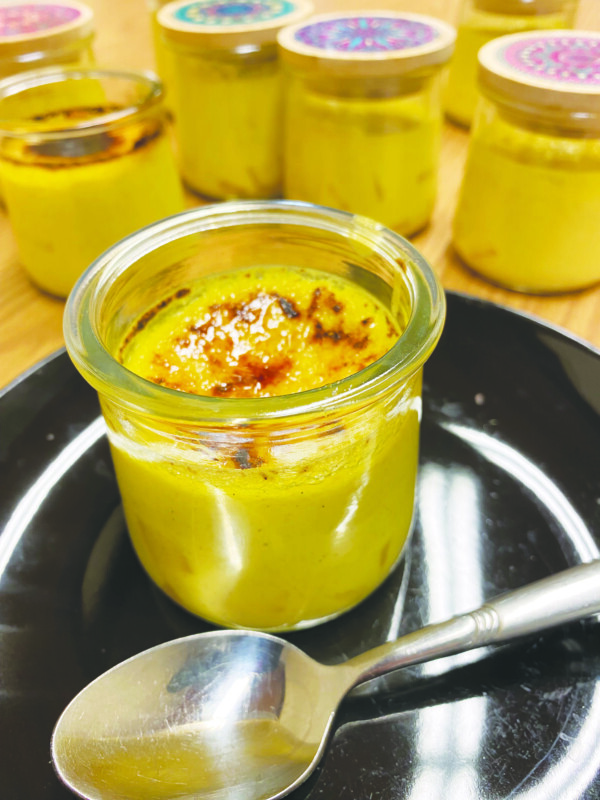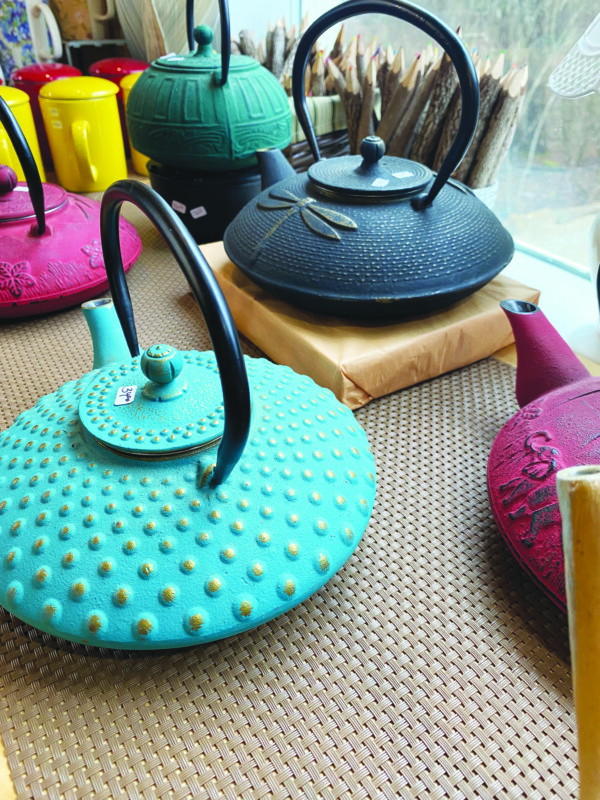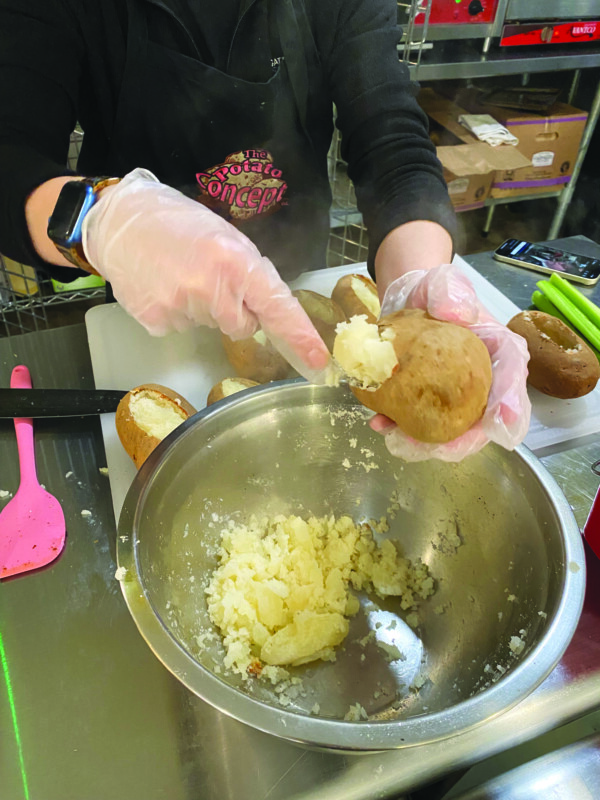Charlie was definitely out of his element.
Never mind that he’d worn a suit maybe three times in his life and one of those had been a rented powder-blue tux. This blazer cost as much as he earned in a month. He looked at his reflection in the mirror again, hoping he’d see something vaguely inspiring.
“Dress for the job you want.” Isn’t that what they say? But looking at himself, he could only hope that someone was hoping to hire a pudgy, nervous-looking kid on the verge of hyperventilating.
He looked at the price tag on the cuff of the jacket again, and tried to breathe deeply.
“I really don’t think—,” he started to say.
“Hush!” said the saleslady with authority. She was an older woman — of course, Charlie was still young enough that anyone over 35 was old, but she had clearly been doing this a long time and seemed to know what she was doing.
She turned him around, away from the mirror, then flipped up the collar of his shirt and quickly, with the ease of years of practice, looped a necktie around his neck, knotted it, then flipped his collar back down.
She turned him back to the mirror, but before he could take in any of the details of his appearance she tucked a pocket square into the breast pocket of the jacket, then stepped back and said, “How’s that?”
Charlie was stunned. It wasn’t so much that there was a dramatic change in who he saw in the mirror — still a young, round face — but this time it belonged to a better version of Charlie. It was a mature, confident Charlie. No, Charles, maybe, although only his mother had ever called him that and only when she was angry with him. This was a young man who knew what he was doing, a man who could get through an interview and wait for the person on the other side of the desk to explain what they had to offer him.
The saleswoman nodded with satisfaction.
“The right tie makes all the difference,” she said.
The Right Tie
- ¾ ounce top-shelf rum – I used a 15-year-old Barbancourt
- 1½ ounces apple brandy – I like Laird’s Applejack
- ¾ ounce fresh squeezed lime juice
- ¾ ounce orgeat (almond syrup)
Combine all ingredients over ice in a cocktail shaker.
Shake gently. You want to chill this cocktail — if possible, without breaking up the ice.
Pour into a rocks glass.
This is a serious, booze-forward cocktail. Even the small amount of extra-good rum makes itself known. The apple brandy fades into the background, giving just a hint of subtle fruitiness and even more of an alcoholic backbone. Lime and almond get along very well and will work with either of these liquors, to say nothing of both of them.
And yet.
The combination as a whole is very intense — a little more boozy/sweet/acidic than is strictly comfortable. A natural inclination might be to shake this over ice extremely enthusiastically, break up the ice, and chill it as much as possible, then serve it in a stemmed glass to keep it cold.
Or — hear me out on this — drink it over ice in a rocks glass like a grownup.
There’s something about drinking from a rocks glass that brings a sense of maturity to the proceedings. More to the point, a rocks glass lets you use rocks. The intensity of this cocktail will limit you to small sips at first, which will give the ice time to melt a little and bring the intensity down, while keeping everything ice cold.
With a nudge, this could have been a tiki drink, and probably a good one, but the right glass, much like the right tie, brings maturity and the faintest of confident Mona Lisa smiles.
Featured photo: The Right Tie. Photo by John Fladd.

